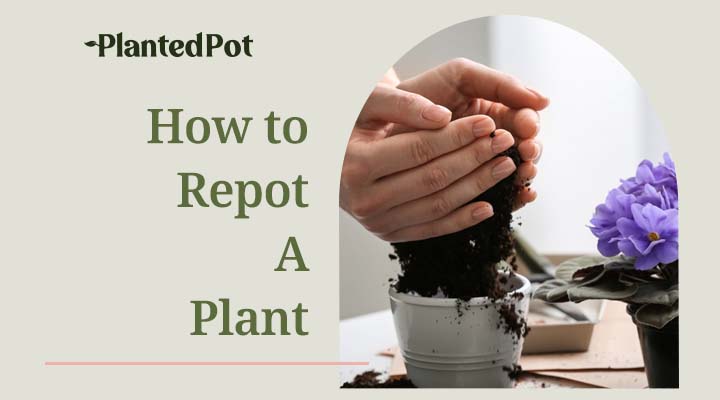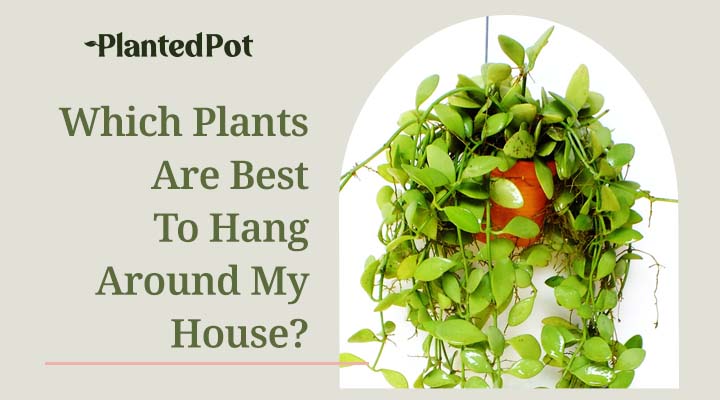
Your Guide To The Wide World Of Anthurium Flowers
Home / Your Guide To The Wide World Of Anthurium Flowers
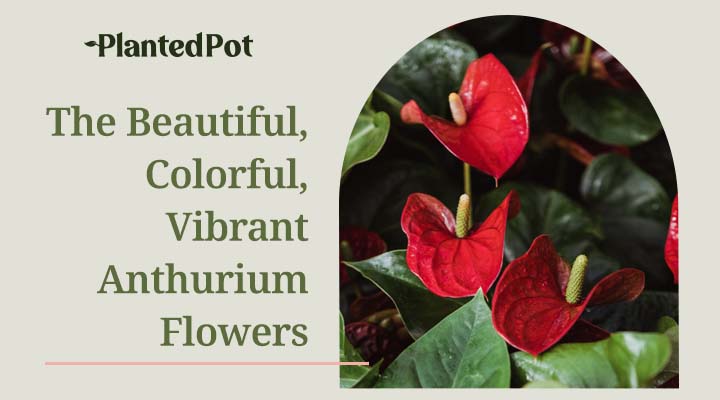
Your Guide To The Wide World Of Anthurium Flowers
- Rogelio Alvarez
- September 22, 2021
- 10:56 am
- No Comments
Everyone loves decorating their home. When you do, your home feels more welcoming and beautiful to live in. Plants are great decorations for homes regardless of what interior decoration theme you are seeking. Anthurium Flowers are the perfect indoor plants to add color and enhance your home’s appearance.
First-time plant parents and experienced gardeners seek Anthurium Plants for their collections. The Anthurium Plant is commonly seen in gardening magazines or on the sets of popular talk shows, but did you know they are easy to care for? If you want to become a proud owner of a plant from the Anthurium genus, read on further to learn more about this gorgeous plant!
What is an Anthurium?
Anthurium is the name of the largest plant genus in the Araceae family. It is native to different tropical regions across the American continent. The plants in the Anthurium genus can grow terrestrial or as epiphytes, which harmlessly grow on other organisms. Anthurium Plants are perennial, which means they live longer than two years.
Anthurium combines two Greek words, anthos, and oura, which translates to flower and tail. Tailflower is a common nickname for some of the Anthurium Plants. All plants within the Anthurium genus are considered toxic to people and pets. So if you adopt some, make sure to keep them away where small children and pets cannot reach them. If any part of the plant is ingested, it may cause upset stomach or skin irritation symptoms.
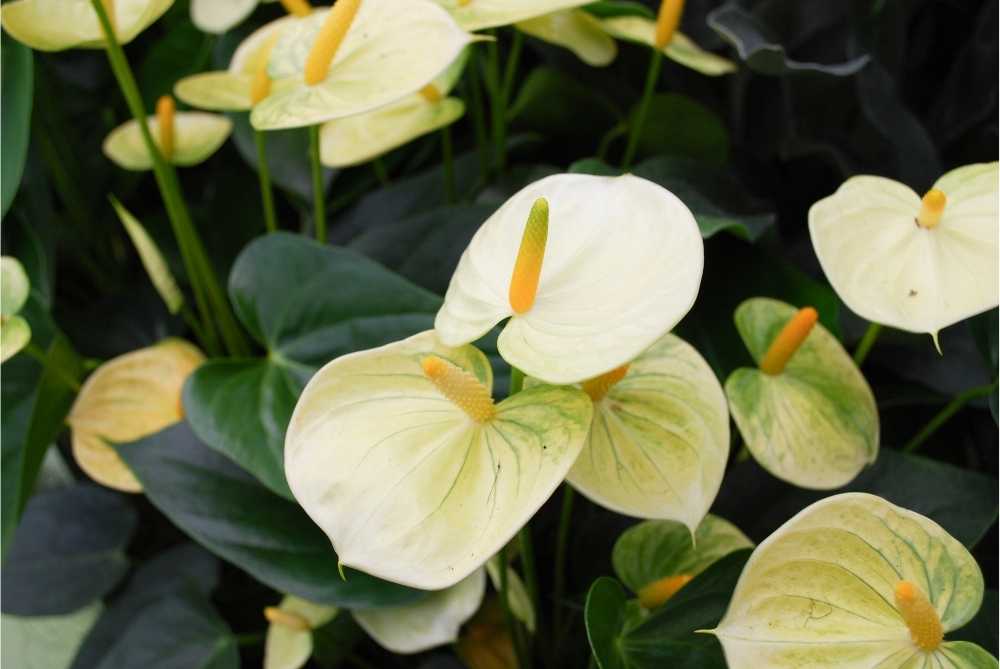
What is an Anthurium Flower?
When people view the Anthurium Flower, they notice this plant’s colorful leaf mistaken for a flower. That misidentified leaf is called a spathe, and it encloses an inflorescence stem known as the spadix. The spadix is a cluster of small flowers which contains both female and male parts for reproduction.
Some species of Anthurium Plants have different colored spathes that come in the following colors.
- Red
- Pink
- White
- Purple
- Orange
- Coral
The spathes of Anthurium plants are also different shaped than the rest of the foliage. The leaves range from glossy dark green to light green and can be textured or smooth. The inflorescence can also produce berries.
When people mention Anthurium Flowers, they may also be referring to the most common plant in the genus, Anthurium andraeanum. Also known as the Flamingo Flower, the Anthurium Andraeanum contains many variegated plants.
Do All Anthuriums Flower?
All the plants in the Anthurium genus are known to produce a flower. The small cluster of flowers will always bloom out of the spadix. The flower can be white, cream, yellow, or green colored. Anthuriums also produce berries that are edible if cooked and handled properly. These plants are more likely to produce berries in their natural habitat than when kept as indoor plants.
How Many Anthuriums Are There?
The Anthurium genus contains over one thousand types of plants. One of the first people to research Anthurium Plants and help classify them was Heinrich Willhelm Schott. Schlott was a famous Austrian botanist who served as the chief gardener of the University of Vienna botanical garden.
Schott was part of an expedition to explore the nature of Brazil, where he focused extensively on the different plant genera in the Araceae family. Schott used his extensive research to write books about Anthuriums and other plant genera published in the mid-1800s. His books served as the basis for future botanists who dedicate their time learning more about Anthuriums and other plants.
What Are the Most Common Anthurium Flowers?
Even though over one thousand Anthurium Plants, some are more common and sought-after than other plants. Instead of having you go through each one, here are the top ten most common Anthurium Flowers in no particular order.
Anthurium Andraeanum
When it comes to finding the poster child of the Anthurium genus, the Anthurium andraeanum is the first that comes to mind. The Flamingo Flower is native to Colombia and Ecuador, a popular houseplant thanks to its colorful spathes and heart-shaped leaves. It can grow up to 12 to 18 inches tall.
The Flamingo Flower was one of the few plants chosen to be part of a NASA study guide on natural air filters plants. There are more airborne toxins indoors than outdoors, so researchers at NASA sought indoor plants that can help absorb benzene and formaldehyde. Flamingo Flowers can be kept in an office space to help people breathe more fresh air.
The Royal Horticultural Society (RHS) gave this Anthurium plant the Award of Golden Merit, a prestigious title given to plants deemed reliable and helpful. The Anthurium andraeanum contains plenty of variations that the different colors the spathes can be.
Here are some popular variegations.
- Anthurium Andraeanum ‘Oaxaca’
- ‘Black Beauty’
- ‘Simba’
Anthurium Scherzerianum
This Anthurium Plant has a distinct characteristic of having a curly spadix, also known as the Pigtail Flower. Pigtail Flowers are native to the tropical regions of Costa Rica. The Pigtail Flower has green leaves that are long and can also produce red or orange-colored berries. The spathes have a waxy appearance and can come in different colors. Some common colors are red, pink, or orange and can instantly boost the appearance of a dull room.
The Pigtail Anthurium Plant does not take up a lot of space inside a home. It can grow up to 12 to 28 inches tall. This Anthurium Plant also received the Award of Golden Merit from the RHS.
Anthurium Hookeri
One of the bigger plants in the Anthurium genus, the Anthurium hookeri, also known as the Bird’s Nest Anthurium. When kept at home, this plant can grow up to one to three feet tall.
Hailing from the Caribbean islands and parts of Venezuela, the Bird’s Nest Anthurium Plant gets its name from the big green and lush wrinkly leaves that grow in a rosette pattern. The majority of the Bird’s Nest Anthurium in nature grow under trees as epiphytes in tropical areas shaded from the sun. The berries of Bird’s Nest Anthurium are white-colored. The spadix can be in different variations of purple or red colors.
Anthurium Crystallinum
Native to the rainforests of Central and South America, the Anthurium crystallinum has leaves with a vein-like appearance. It grows up to 12 inches tall. This plant bears heart-shaped that look similar to the Flamingo Flower leaves. The leaves are usually green, but the Anthurium crystallinum ‘Superbum’ has purple leaves. One other variegation of it has red leaves.
The veins in the leaves are usually white or cream-colored. An award-winning plant, the Anthurium crystallinum blooms tiny groups of green or yellow flowers on the spadix. It can bloom a few times year-round and can produce shades of white or purple-colored berries.
Anthurium Rugulosum
This Anthurium Plant is found thriving in the rainforests of Ecuador. Its natural habitats are facing challenges associated with human intervention. Aside from the obstacles its habitat is facing, the Anthurium rugulosum can thrive as a houseplant. Its green leaves are highly textured with creases that appear wrinkly.
This low-maintenance plant grows slow, but when fully mature, can grow up to 12 to 18 inches. It can grow nine to 12 inches wide. Although it is easy to care for, this plant is a little rarer than other Anthuriums, so that it might be sold at higher prices.
Anthurium Clarinervium
Hailing from Chiapas, Mexico, the Anthurium clarinervium is similar to another Anthurium. Like the Anthurium crystallinum, the leaves of the Anthurium clarinervium have white or cream-colored veins. The heart-shaped leaves are dark green and have a lighter shade of green underneath the leaf (Also known as Velvet Cardboard Anthurium). The leaves can reach up to five to 12 inches in length. Under the proper plant care, it can reach 15 to 40 inches in height.
Anthurium Podophyllum
The leaves of plants can come in different shapes, which is certainly the case for the Anthurium Podophyllum. This plant grows in the tropical regions of southern Mexico and along the coast facing the Gulf of Mexico.
The greenish-blue leaves are finger-like and frilly, growing up to three feet in length. The leaves make it stand out from the other Anthurium in its genus. It can grow up to a few feet tall and wide, but it will not take much space when kept as a house plant.
How to Maintain Anthurium Flowers
Water, light, and temperature play important factors in plant care, but there are other plant maintenance to consider if you want to see your Anthuriums thrive inside your home.
- Water: The majority of the Anthurium Plants have a recommended watering cycle of once a week or every two weeks. Keeping a watering schedule can help prevent over or under-watering your plant. Too much water will lead to root rot.
- Light: Place it in a location that receives plenty of bright indirect light. Low-light conditions may produce fewer flowers. Direct sunlight will damage the foliage and lead to dead flowers.
- Temperature: Anthuriums are capable of adapting and growing under normal average room temperatures. They can handle temperatures between 70 to 90 degrees Fahrenheit. Anything higher or lower than 50 degrees Fahrenheit can cause weather damage.
- Soil: Choose a well-drained potting mix to satisfy plant care. Well-drain soil helps water filter out and lower the chance of root rot.
- Humidity: Most of the Anthurium Plants come from areas containing high humidity levels. They can tolerate average indoor room humidity. You can mist the leaves of your Anthurium plants to mimic the moisture it receives in its natural habitats.
- Fertilizer: You can boost your Anthurium Plant’s growth by providing phosphorus-rich fertilizer.
- Pests: Although these plants are pretty, they are not indestructible. Anthuriums are susceptible to common plant pests like mealybugs and thrips. Be mindful of placing your Anthuriums outside where they are more likely to attract plant pests.
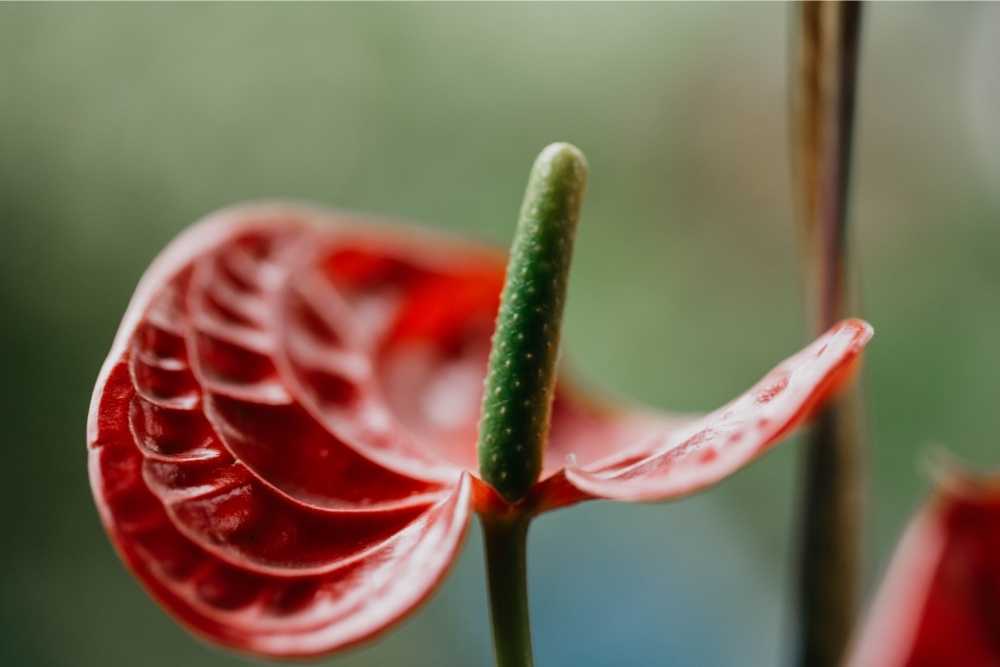
Can Anthuriums Flower Year-Round?
Yes, the Anthurium plants are constantly flowering year-round. It is normal for this plant to bloom a new cluster of flowers on the spadix every two to three months. Anthuriums bloom faster during the growing season, which starts inspiring and lasts throughout the summer. During colder weather, they can experience slower growth and bloom flowers less often.
Final Thoughts – Anthurium Flowers
Indoor gardening is one of the best hobbies to have, and there are no better plants to start with than Anthurium Flowers. With their unique traits, the Anthurium genus has plenty of plants to choose from. Whether it is the Flamingo Flower or the Pig’s Tail Flower, any of the Anthurium Plants will look good in your home or at your office space.
For a plant so beautiful, the Anthurium Plant is easy to care for. If you want to check out other popular houseplants or learn more about your Anthurium, check out Planted Pot!


